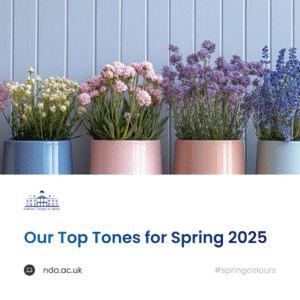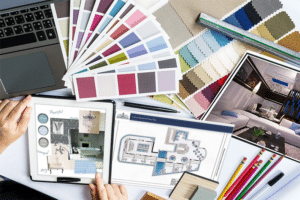If you want to become an interior designer, it’s so much easier in the digital age, with thousands of online resources and hundreds of interior design courses available to help get you started. When you’re first starting out, it can all be a little bit daunting. Many people think interior design is as simple as choosing a colour scheme and furniture but it’s actually a lot more technical than that. The learning curve is steep, but we’ve got you covered! We regularly publish How 2 guides to teach the basics of interior design, and this week we’re helping you learn the lingo.
So, if you want to become an interior designer and sound like you know what you’re talking about, here’s some of the basic terminology you’ll need to know to act like a pro!
If You Want to Become an Interior Designer, First......
Choose the right course. Depending on the interior design course you study, you may find the language to be more simple than the list we’ve put together. But we train professional interior designers so you’ll need to know the professional interior design terminology. Chances are, if you’ve looking to become an interior designer specialising in heritage or period properties, you’ll be exposed to more architectural terms. The same goes for retail or commercial design, the terminology will be specific. Some courses focus less on the technical drawing aspect and more on the aesthetics so you may never come across the need to create an elevation drawing or schematic. But you still need to know what they are if you want to become an interior designer and actually work as one!
There’s nothing worse than turning up unprepared and some clients, and all interviewers, will surprise you with the unexpected. So, do you know your elevations from your elbow? Your schematics from your schemes? If not, don’t worry….we’ll keep adding to this list of interior design terms. Here are some to get you started:
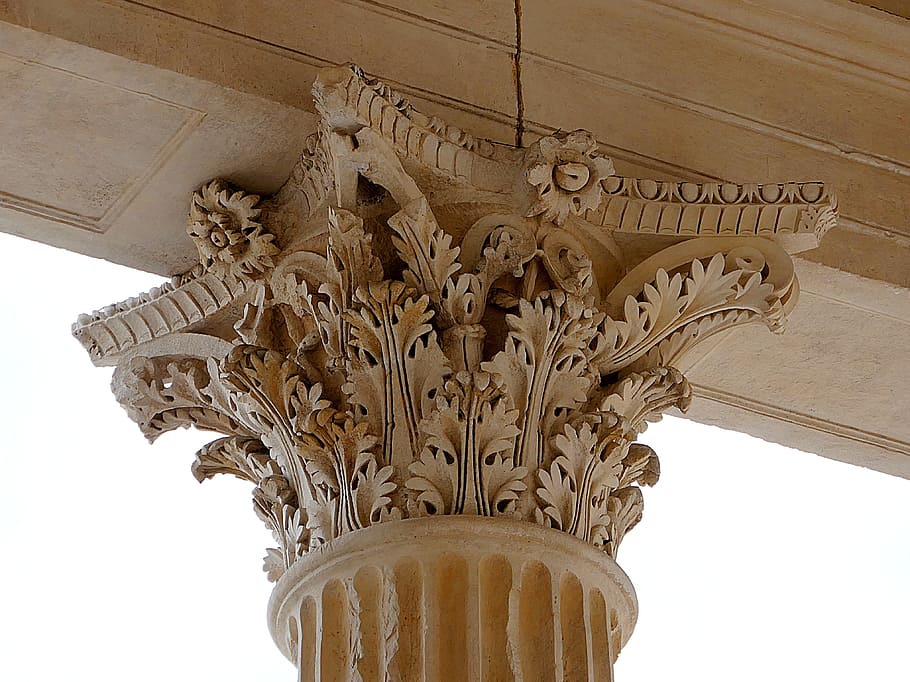
capital
/ˈkapɪt(ə)l/
noun
Meaning ‘head’ a capital is the topmost part of a column. This is both structural and decorative, with the carved detail often a clue to the time in which the property was built.
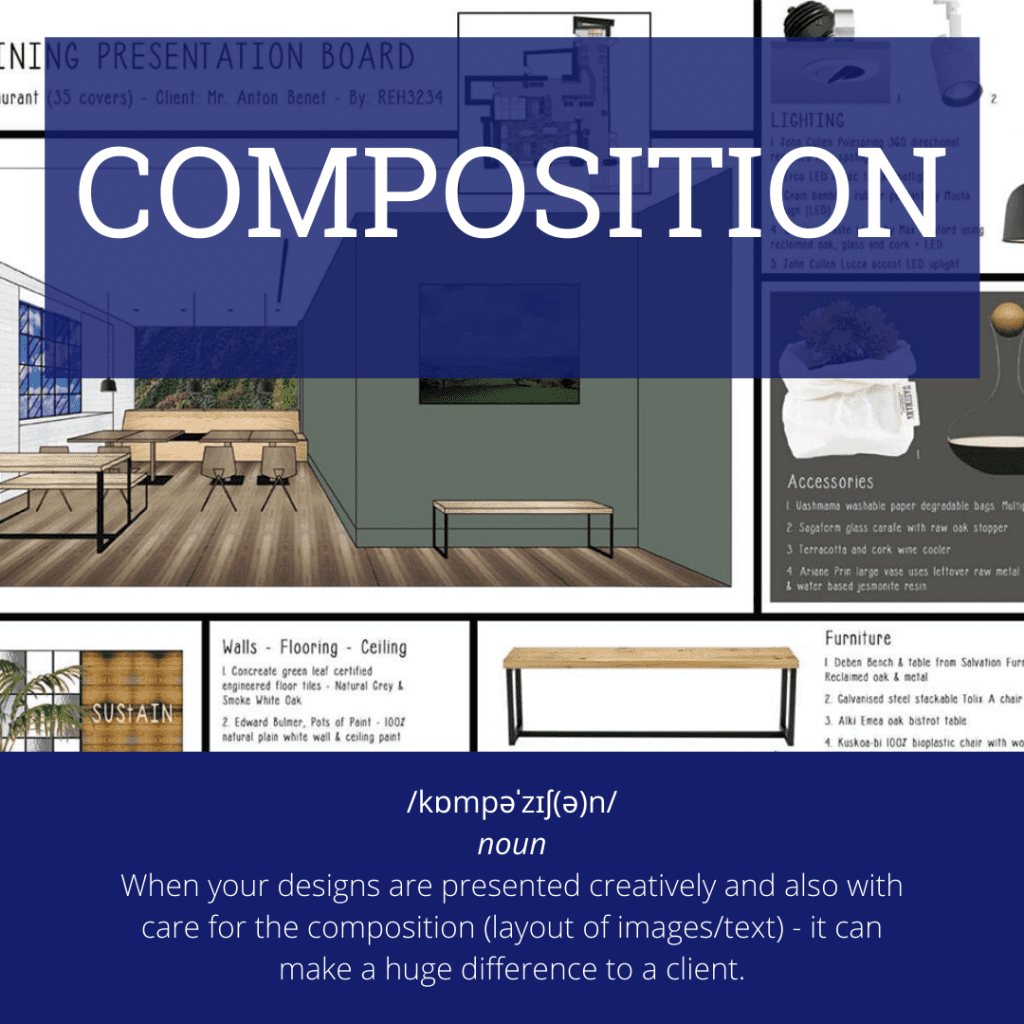
concept
/ˈkɒnsɛpt/
noun
The concept should be the main creative inspiration behind any project. Concepts can be anything but are usually relevant to the client and the project’s meaning.
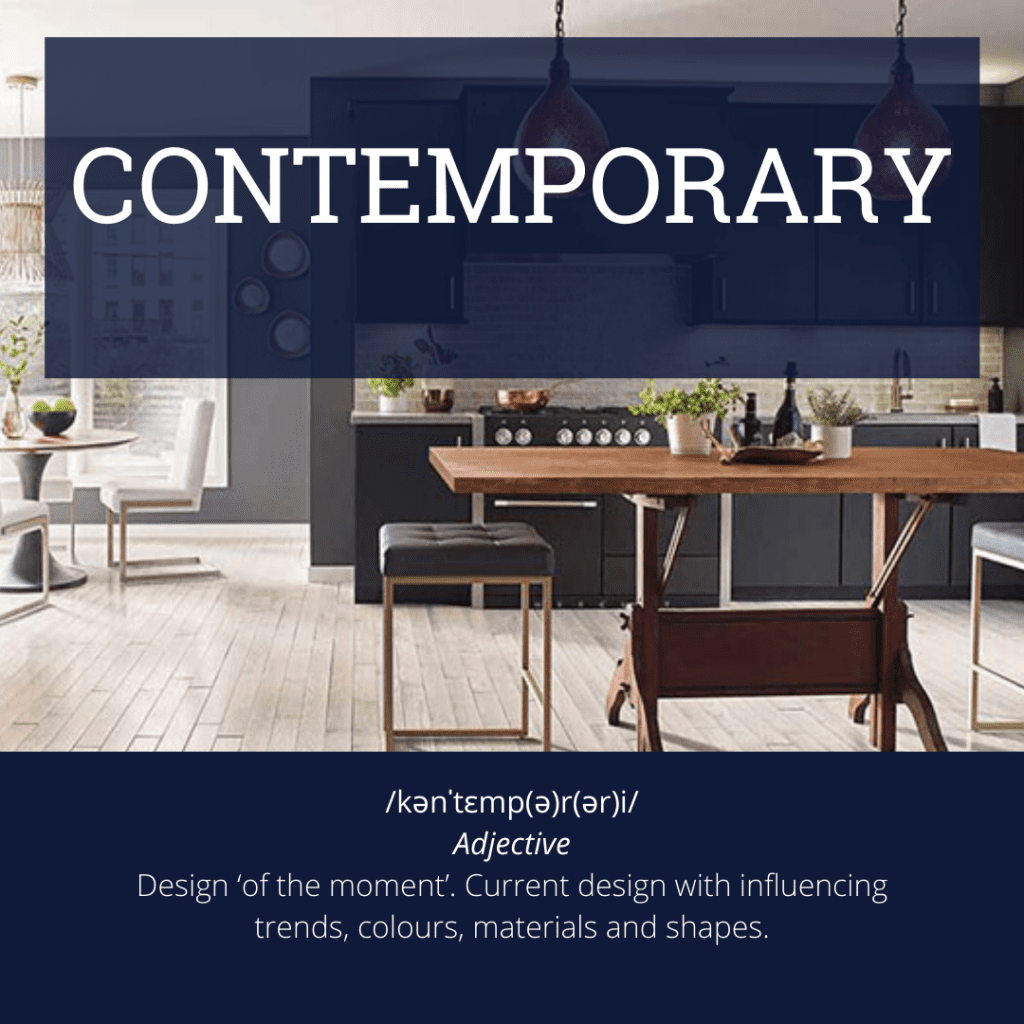
cornice
/ˈkɔːnɪs/
noun
This is a moulded features which will ‘frame’ the space between the walls and ceiling within a property. Very popular in heritage buildings and often re-introduced to create the heritage look.
decor
/ˈdeɪkɔː,ˈdɛkɔː/
Noun
The furnishing and decoration of a room.
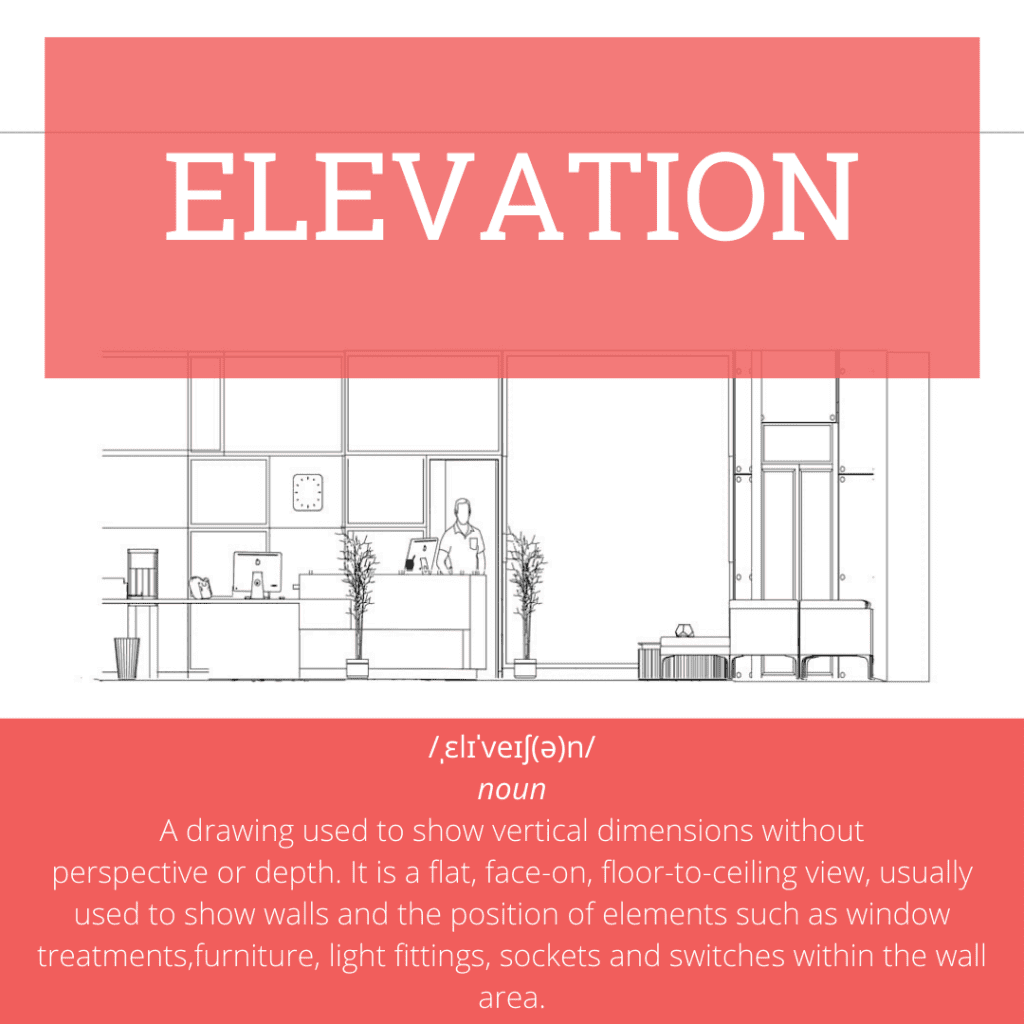
ergonomic
/ˌəːɡəˈnɒmɪk/
Adjective
Designed for efficiency and comfort
frieze
/friːz/
noun
The large panel, above the columns, particularly reminiscent of classical architecture. This can be plain or decorative, and like a capital can often be used to age a building.
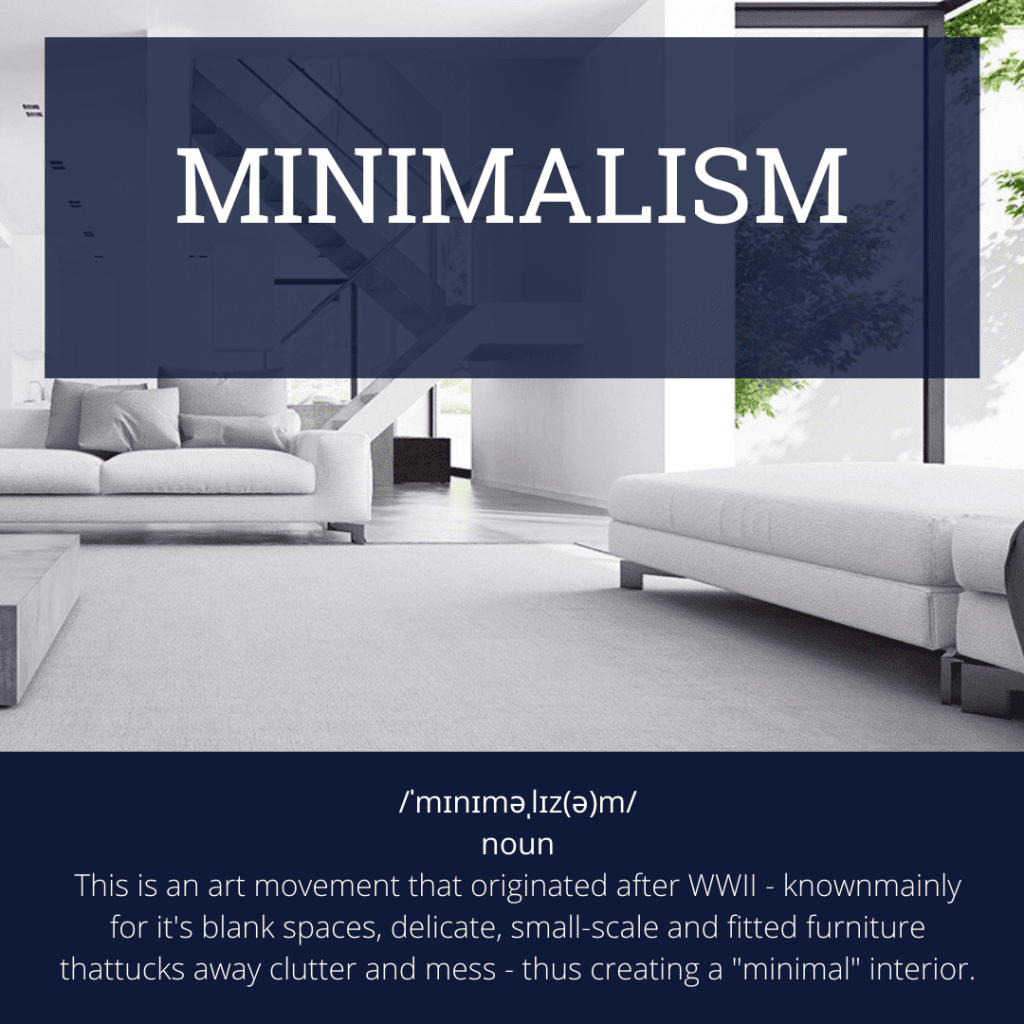
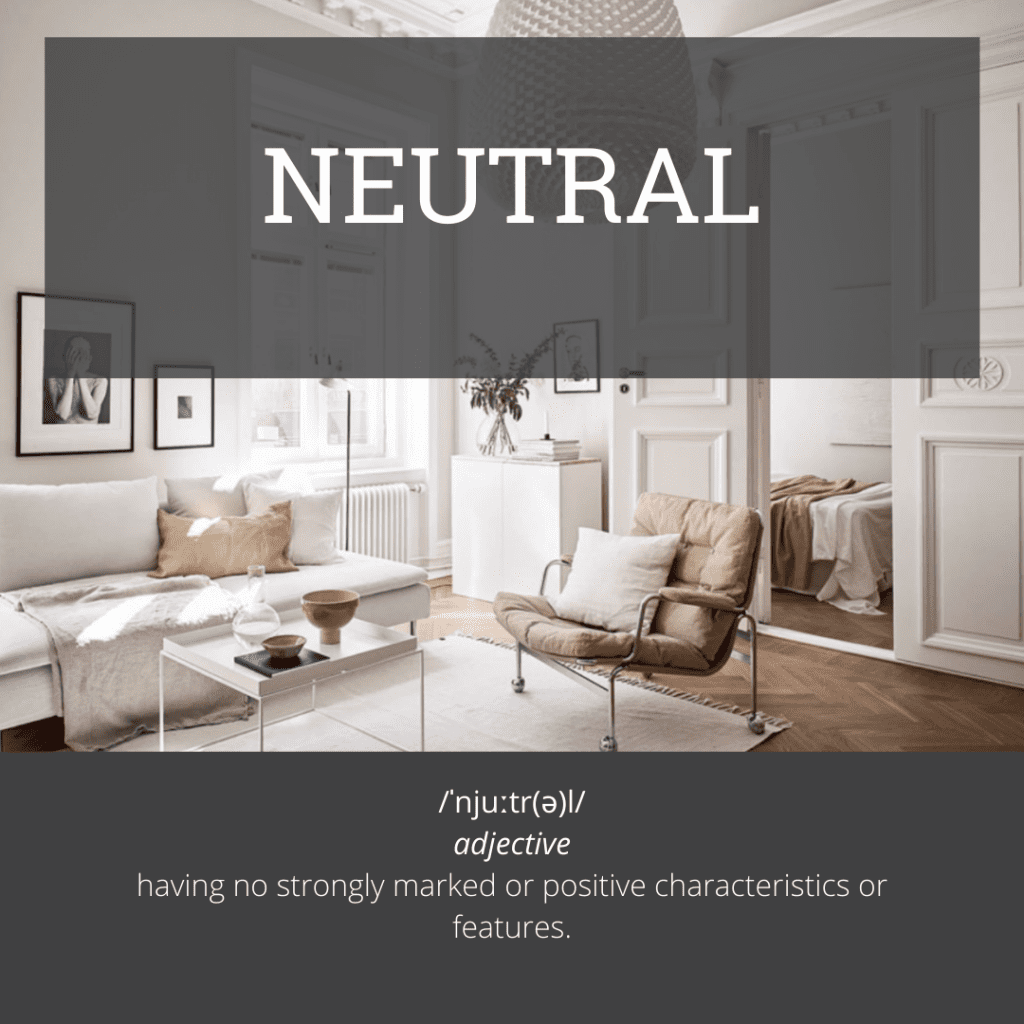
plan
/plan/
A plan is a diagram of a room or building shown from an aerial view. It is a horizontal cross-section that includes wall thicknesses. The plan is most useful for arranging the position of furniture and checking that sufficient distance is allowed for clear circulation around the space.
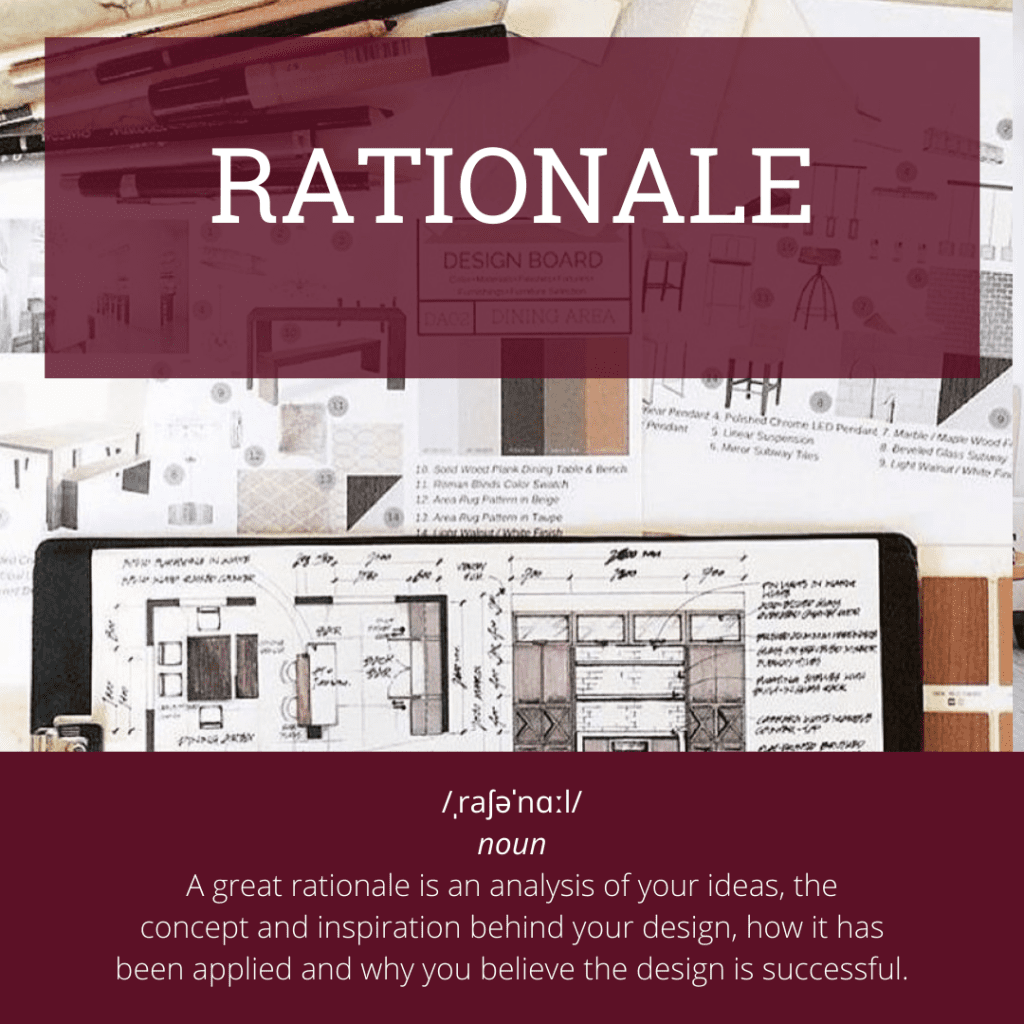
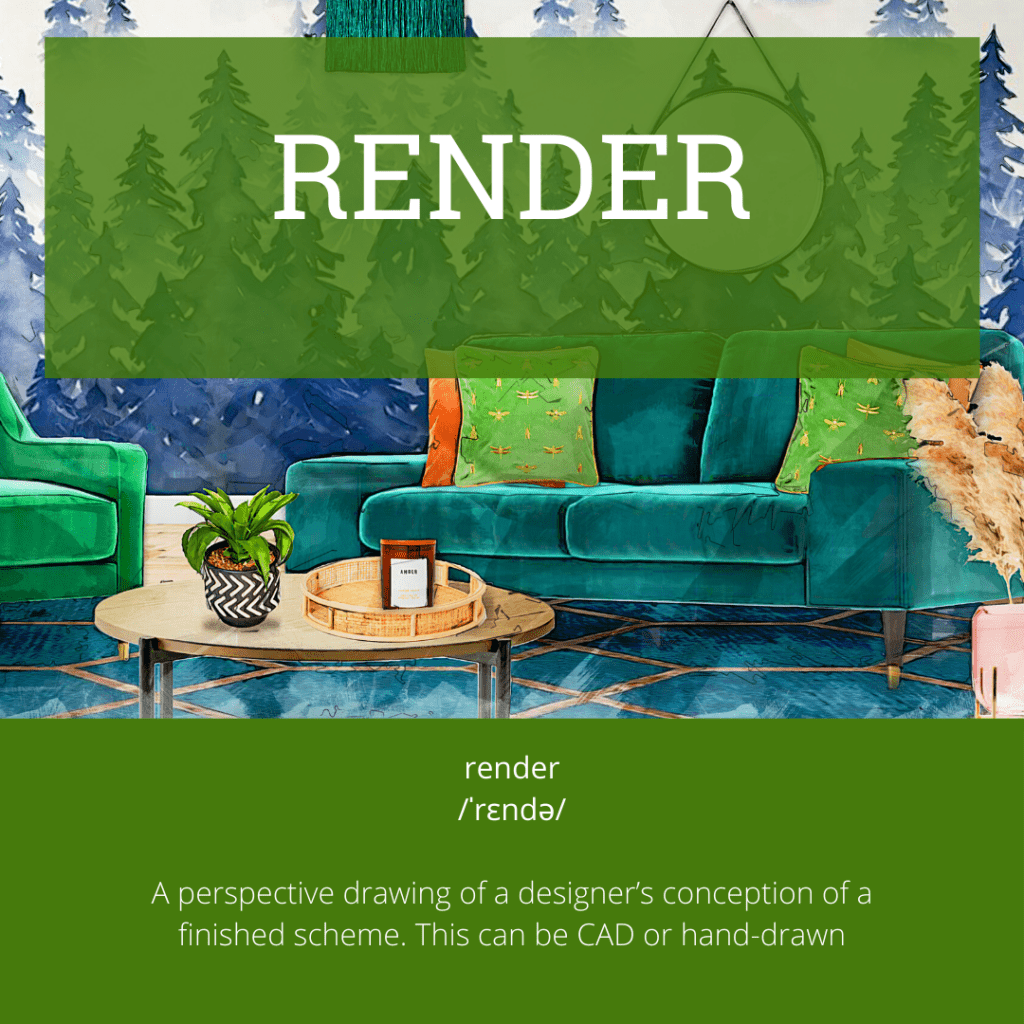
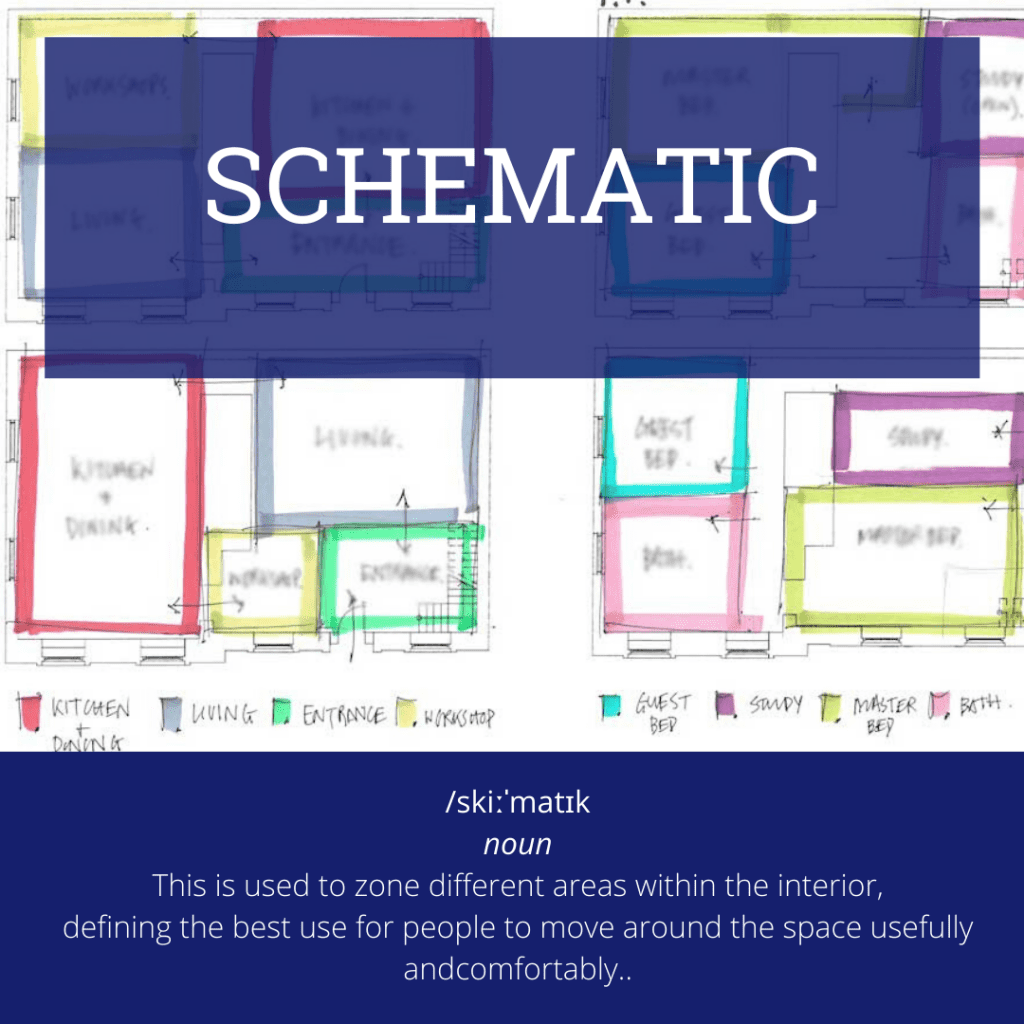
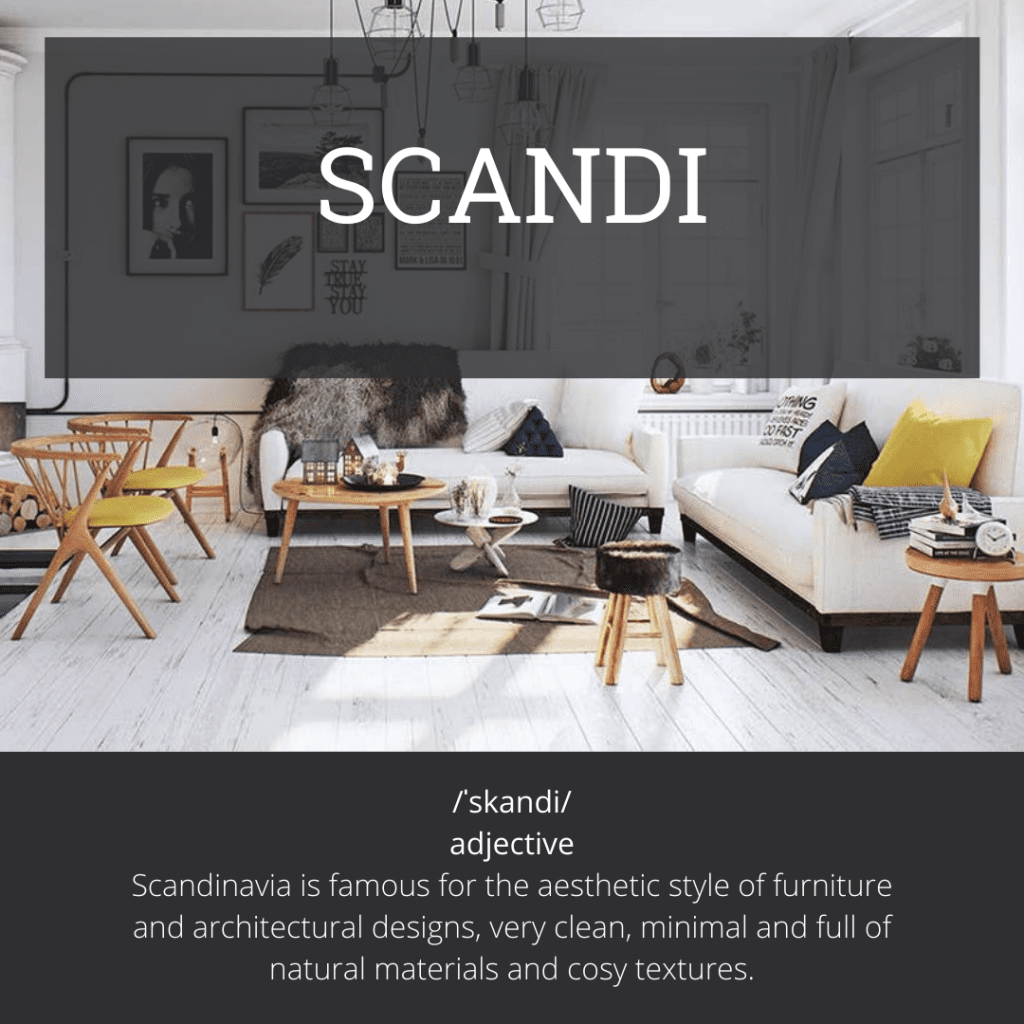
specification
/ˌspɛsɪfɪˈkeɪʃ(ə)n/
noun
A specification sheet for a project will include products and materials, including manufacturer and product names – including a total in costs for your clients and contractors checking that sufficient distance is allowed for clear circulation around the space.
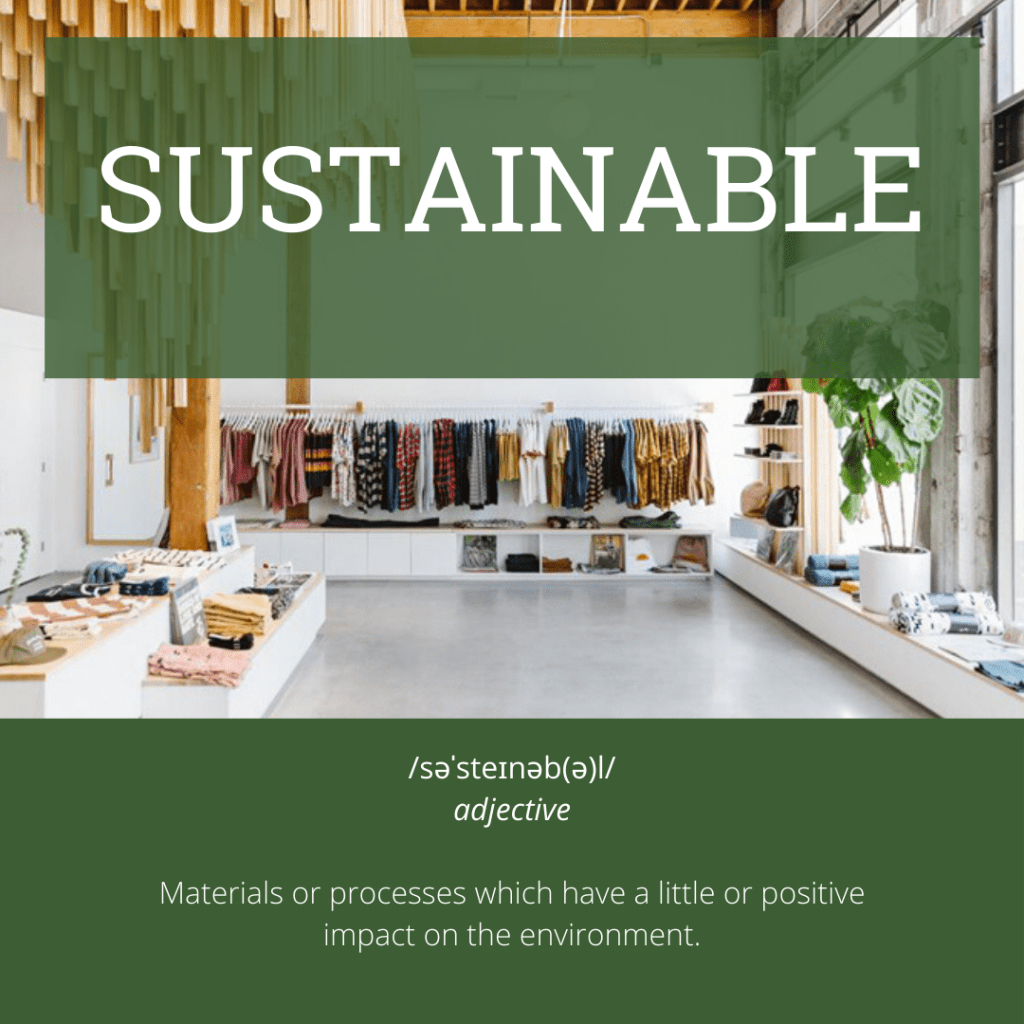
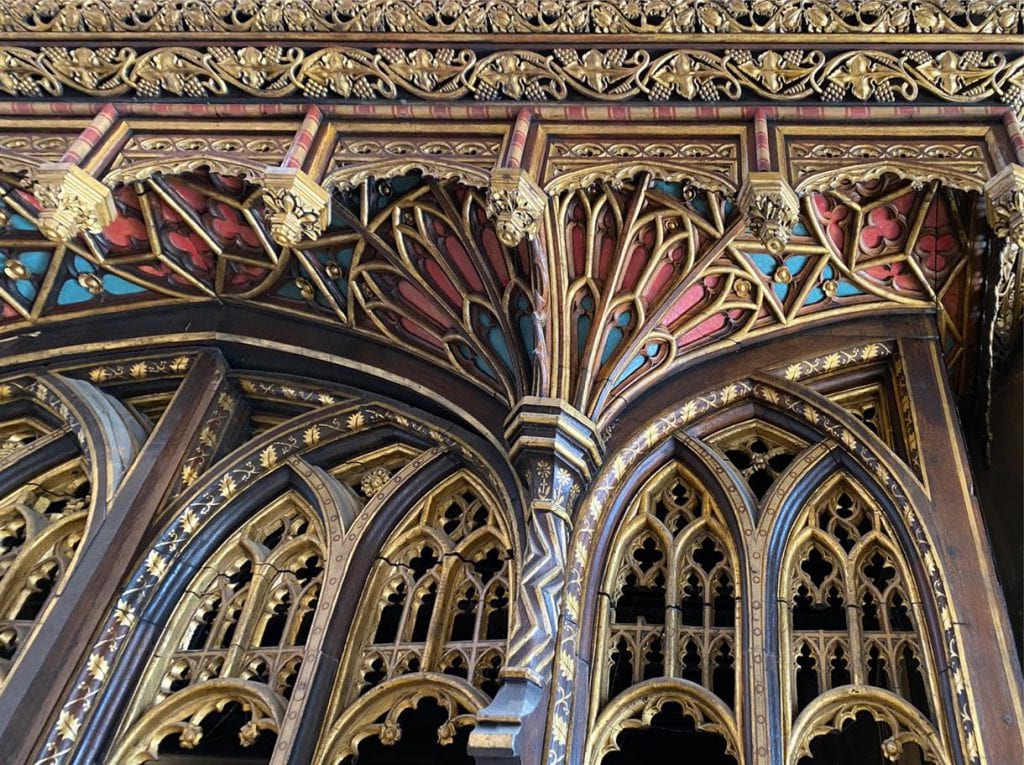
tracery
/ˈtreɪs(ə)ri/
noun
A staple feature of Gothic design, tracery is the decorative stonework often found above a window, and is used to support the glass, as well as add visual interest.
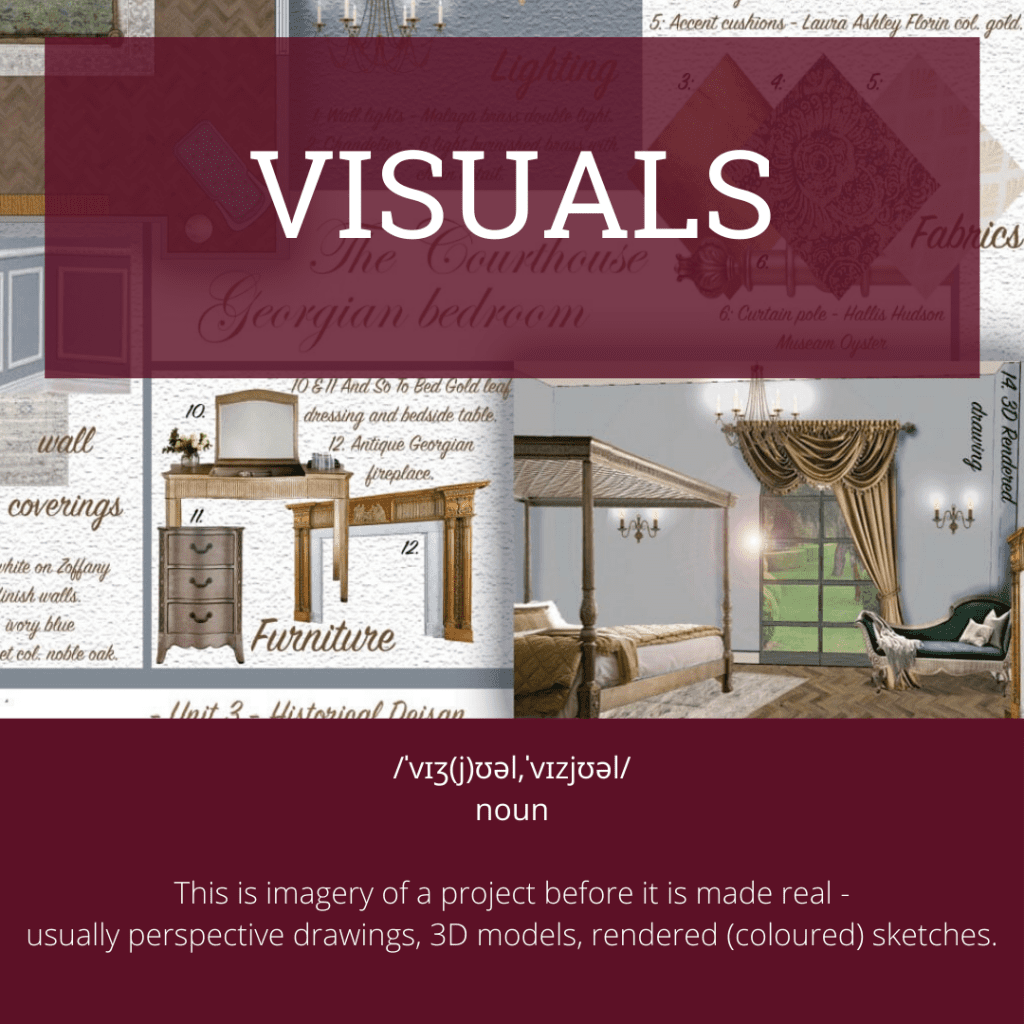
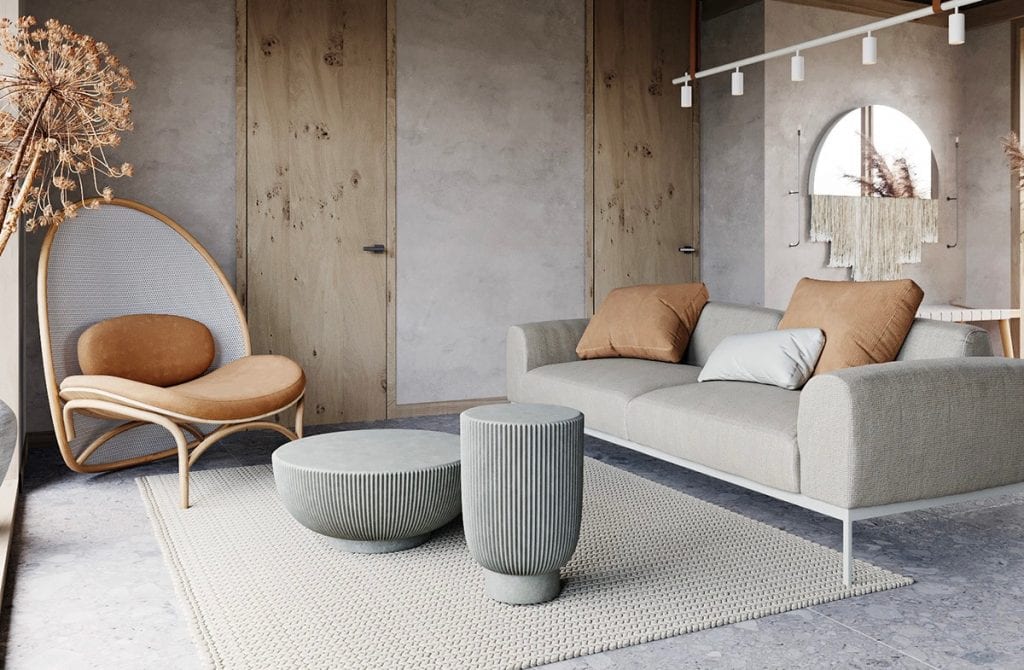
wabi-sabi
This is a Japanese view of aesthetics – based on imperfection and acceptance. It is often described as the style that embraces beauty in aging furniture, finishes and accessories.
Want to Become an Interior Designer?
From absolute beginners to Post-Graduate degrees, the National Design Academy has been training professional Interior Designers for over 35 years!
Take a look at our range of courses - you won't find them anywhere else.
Our Courses